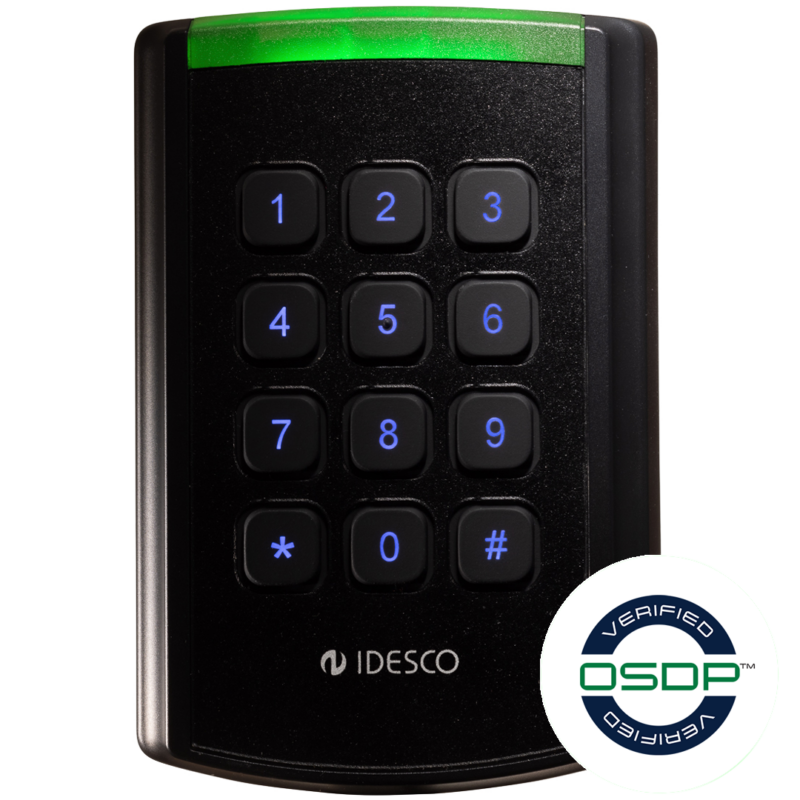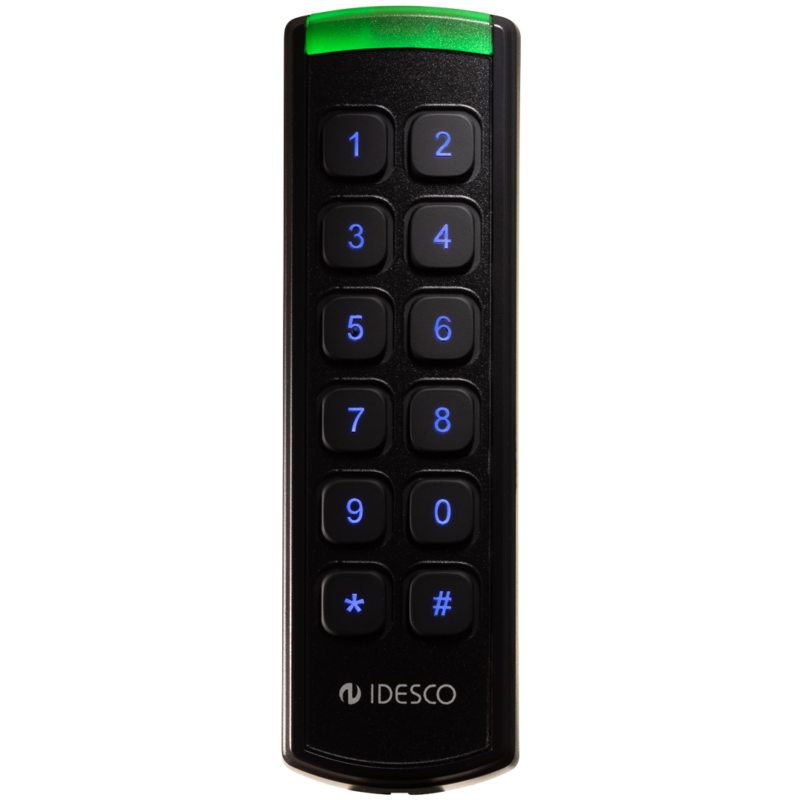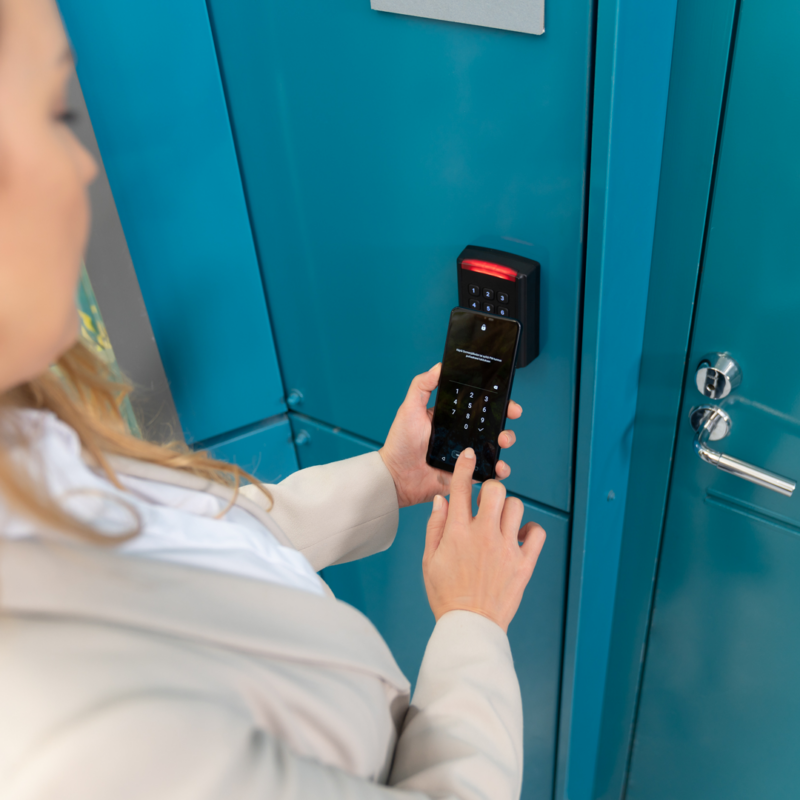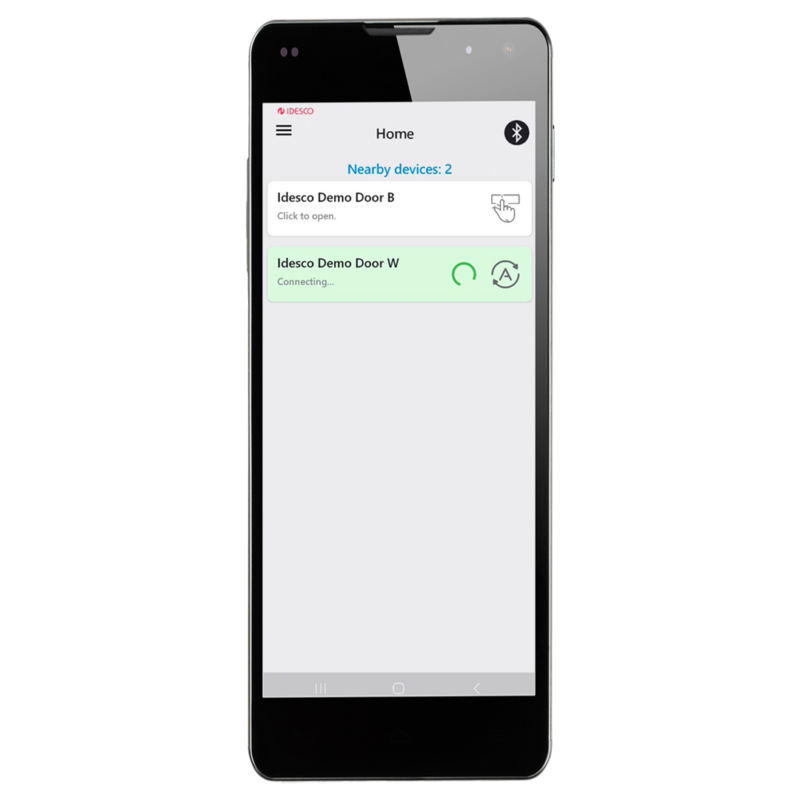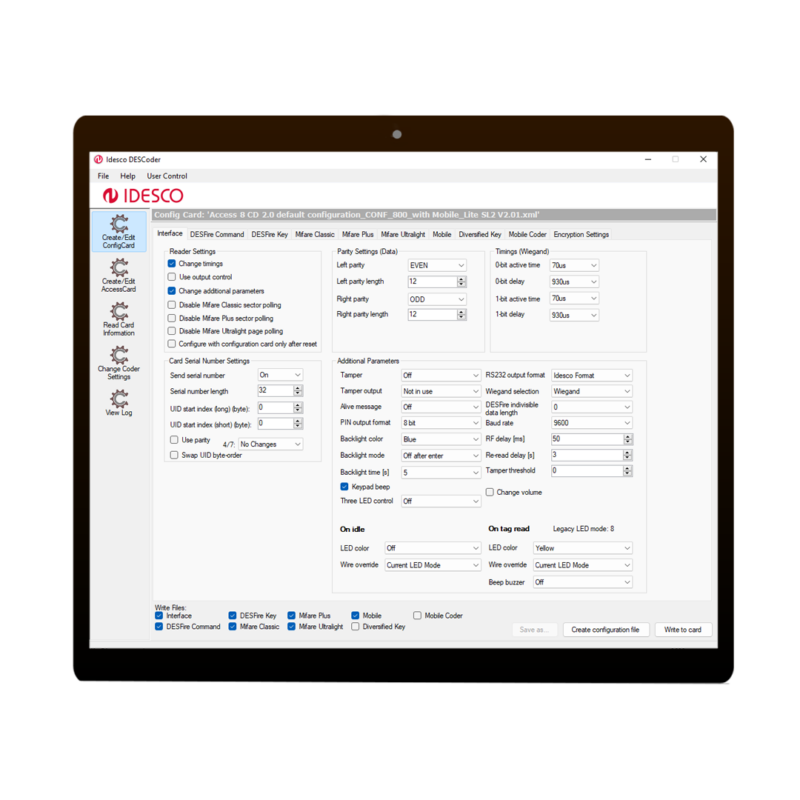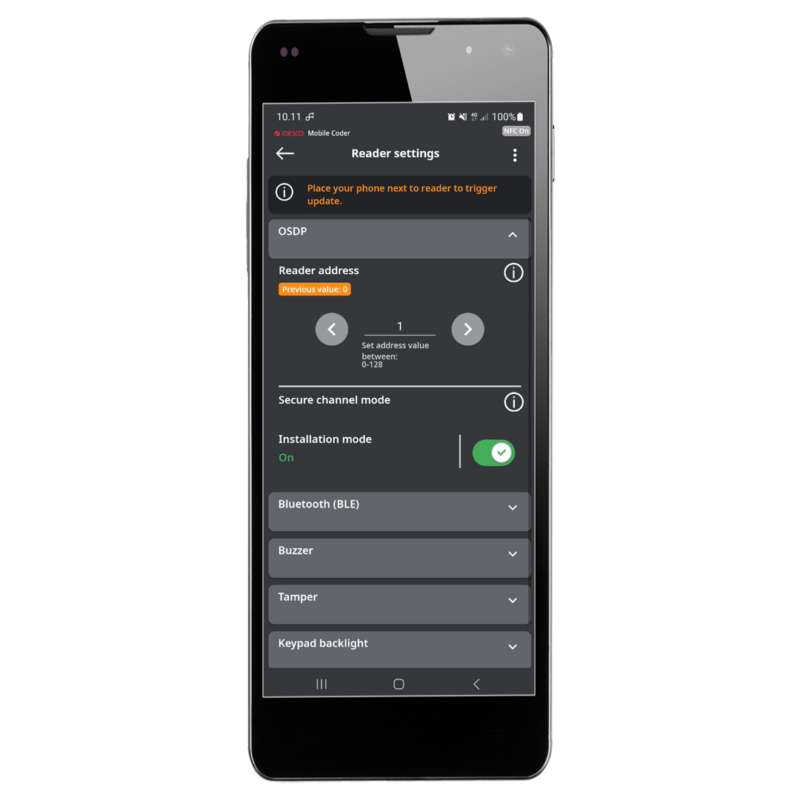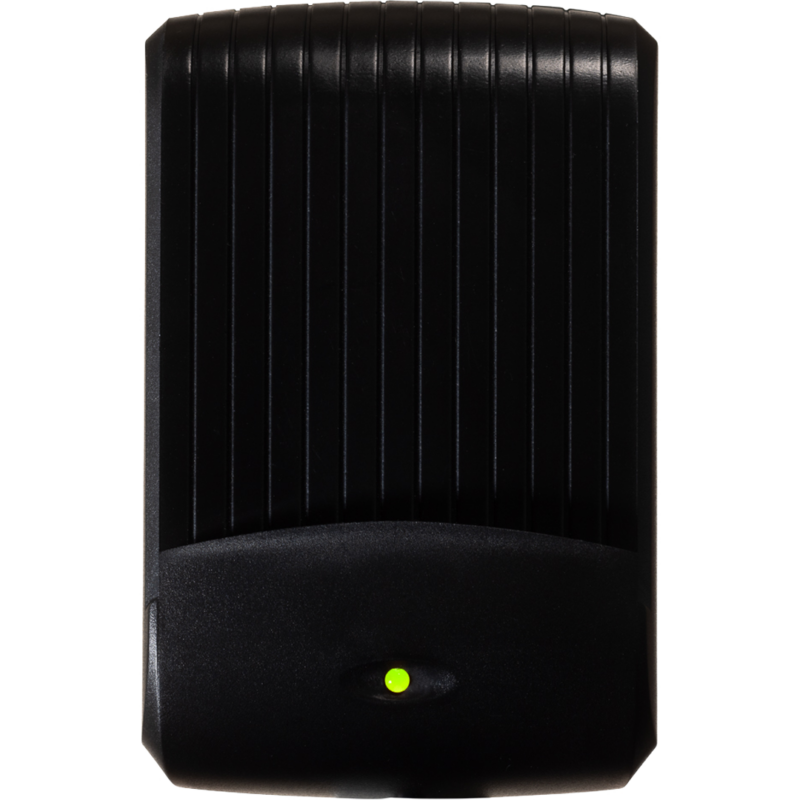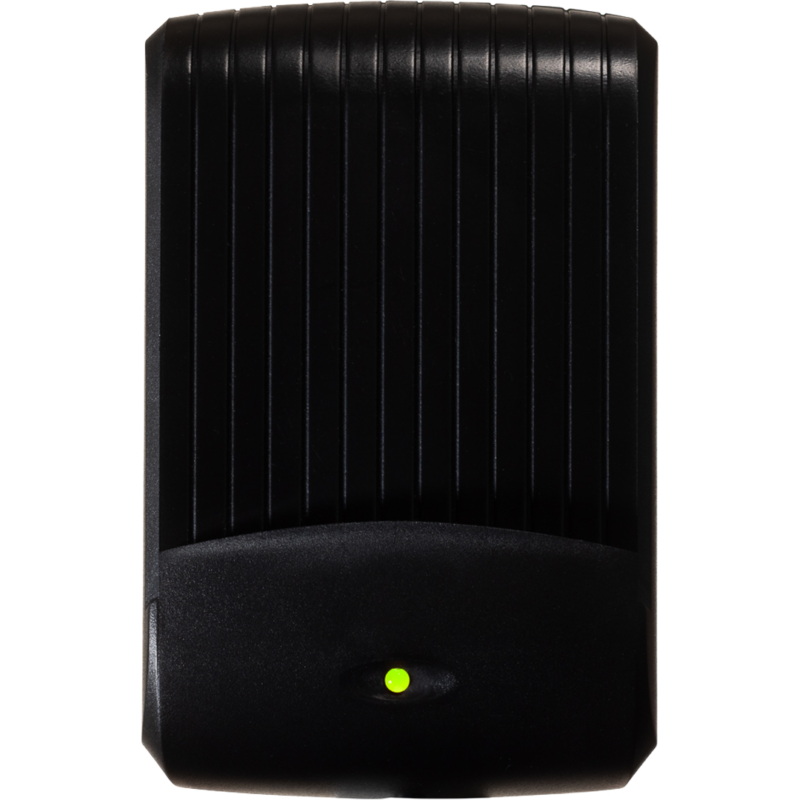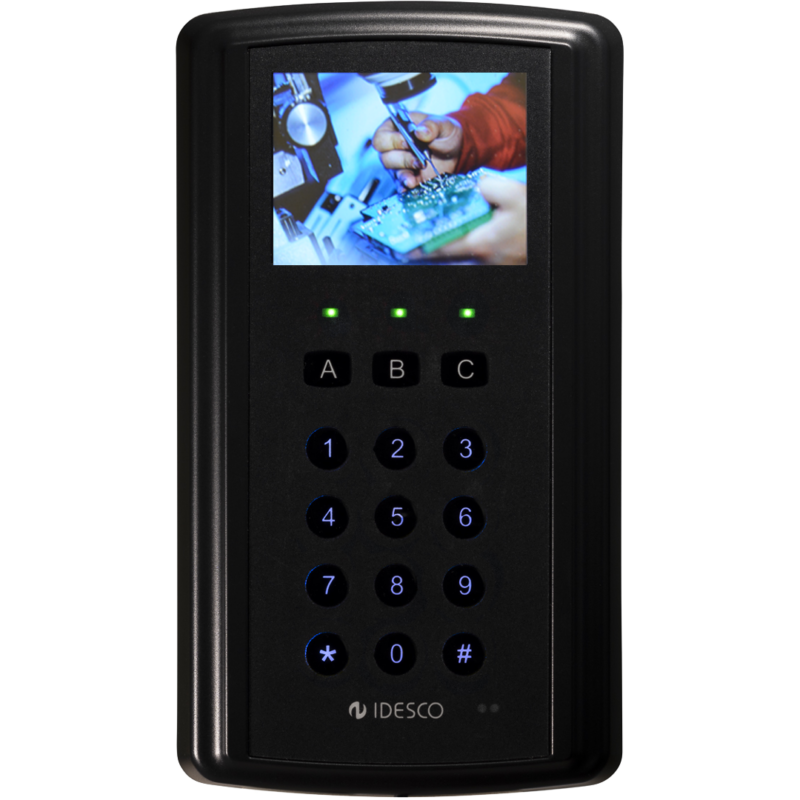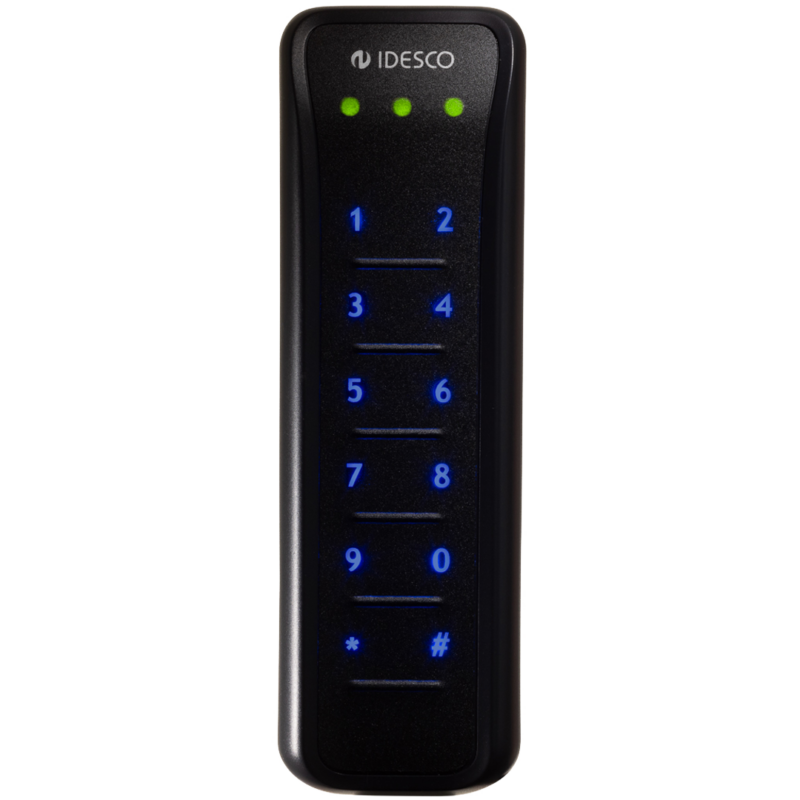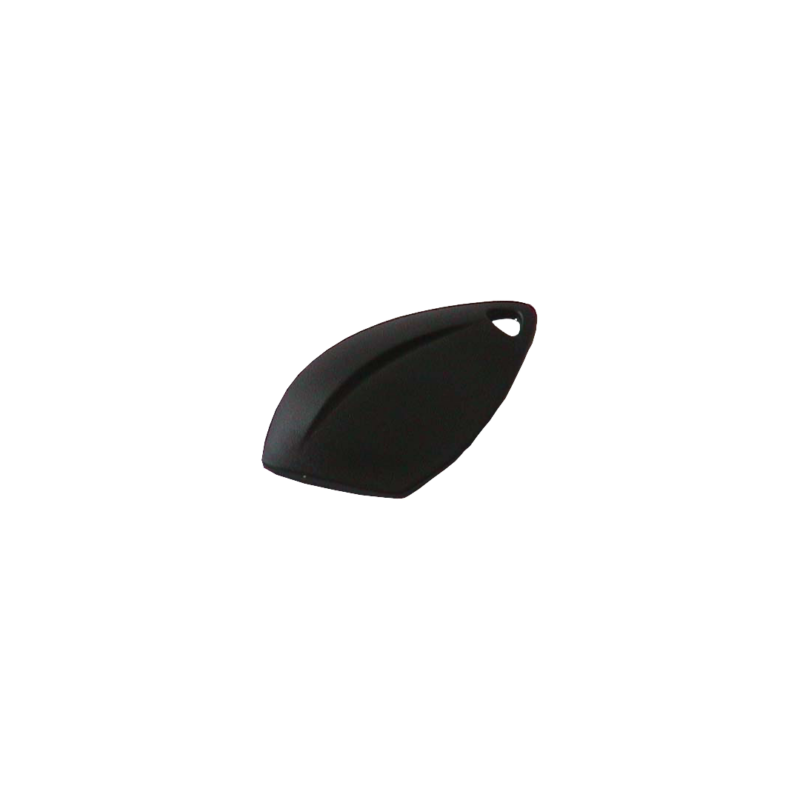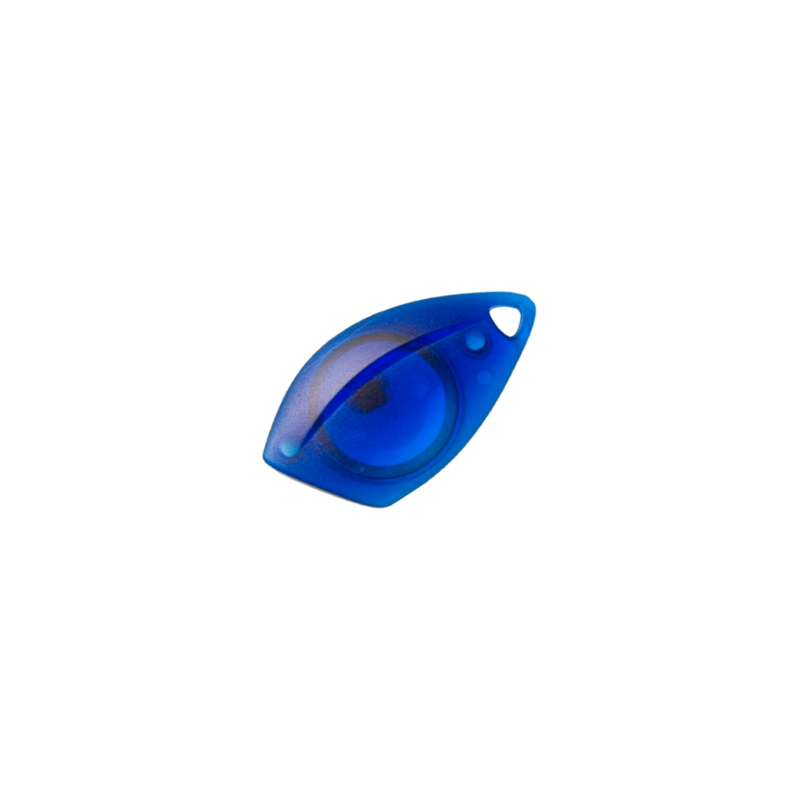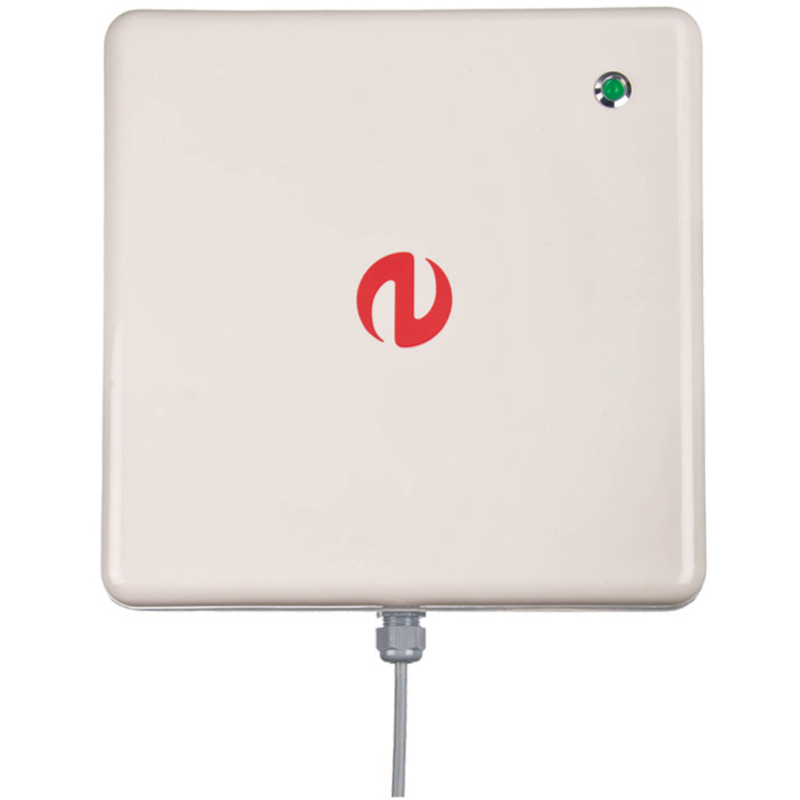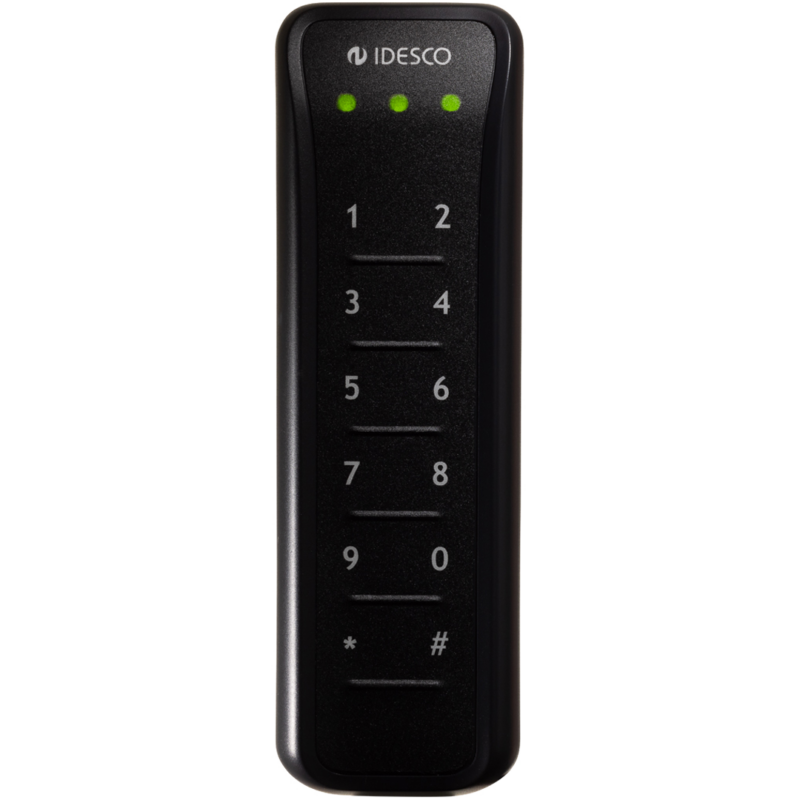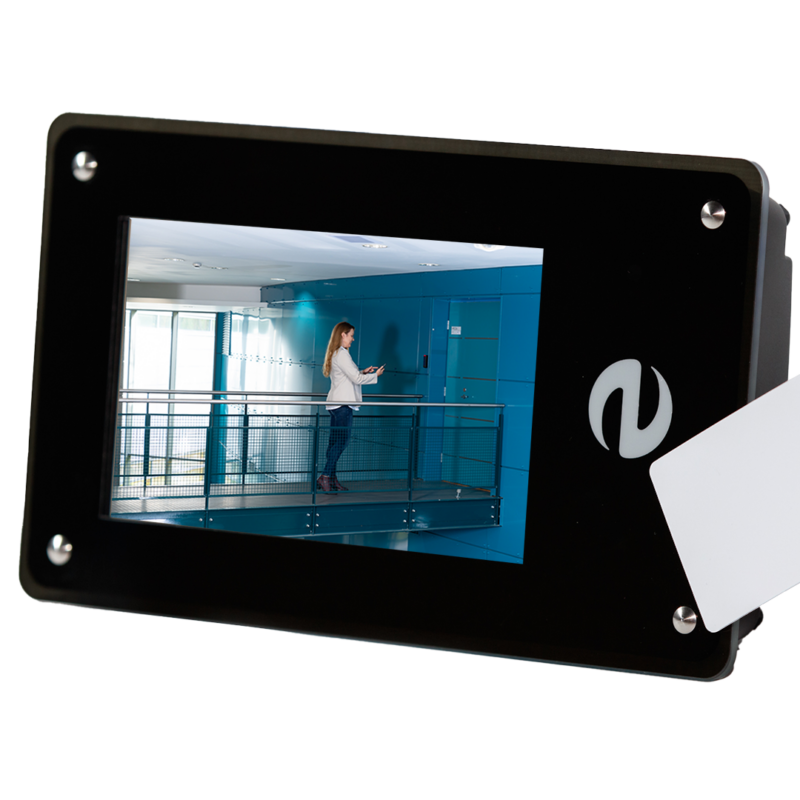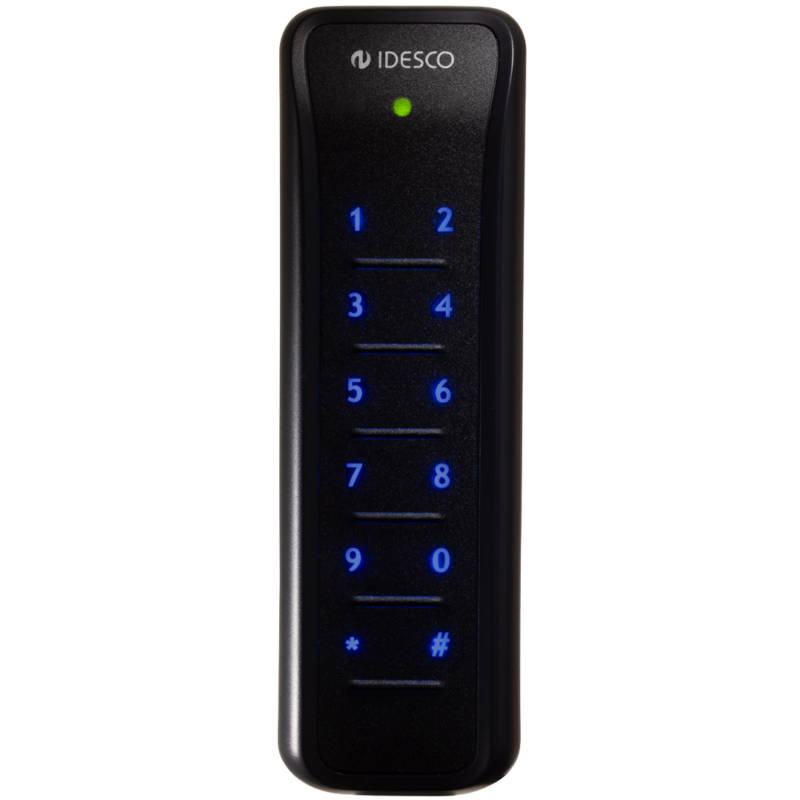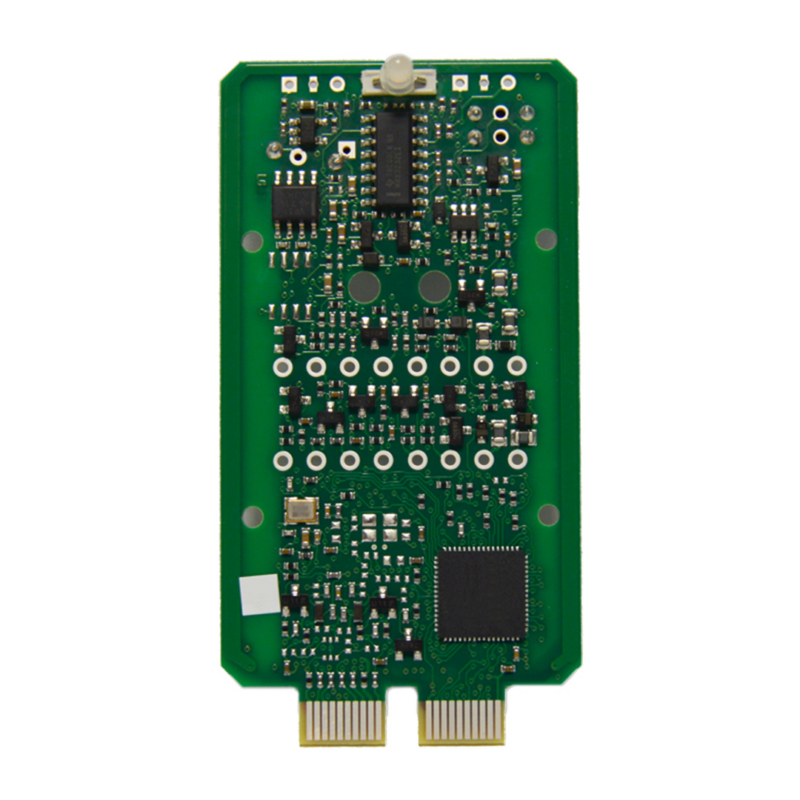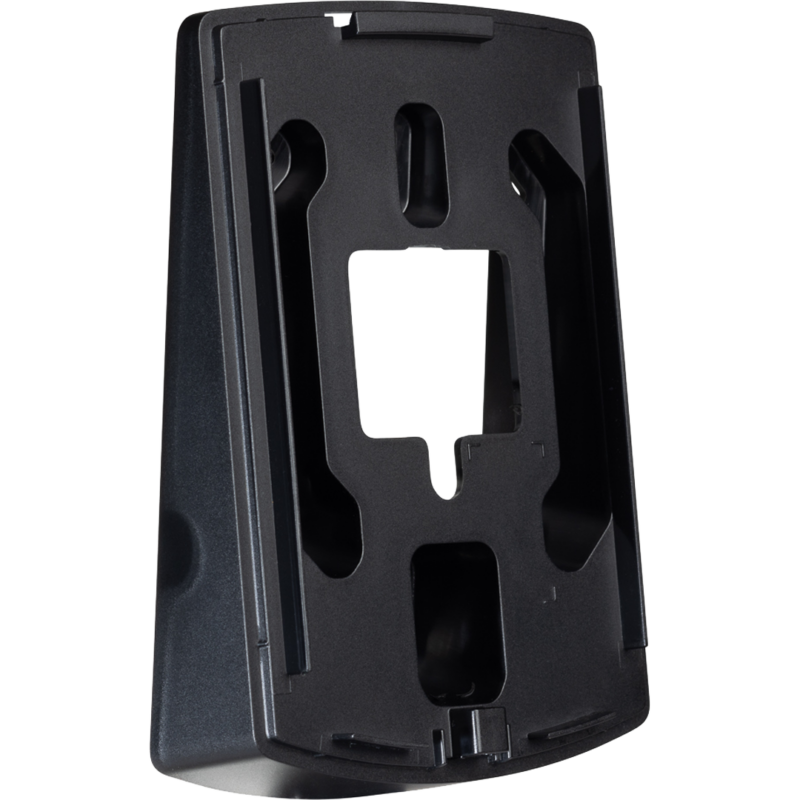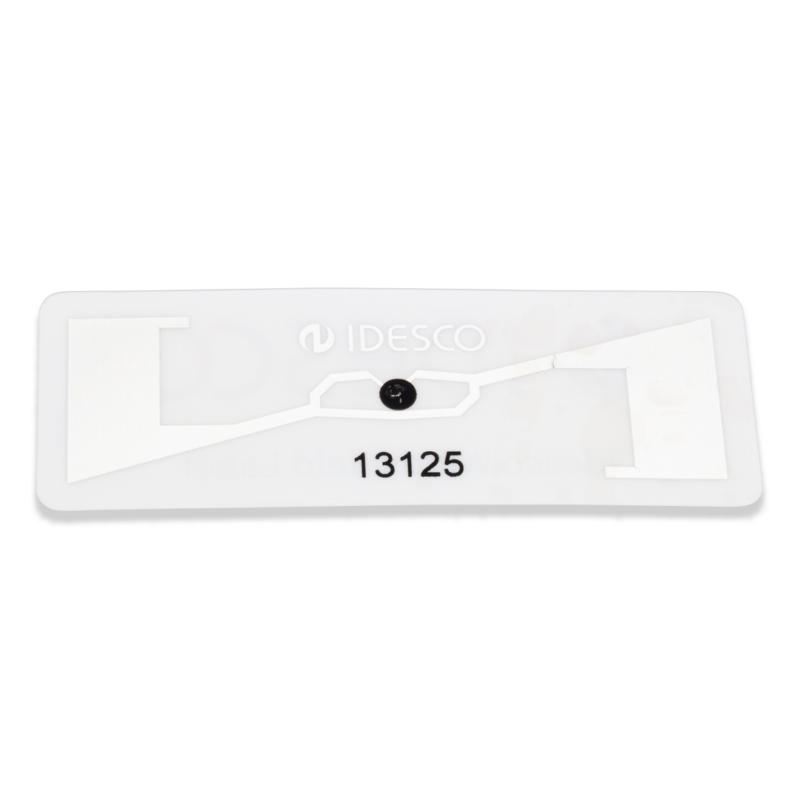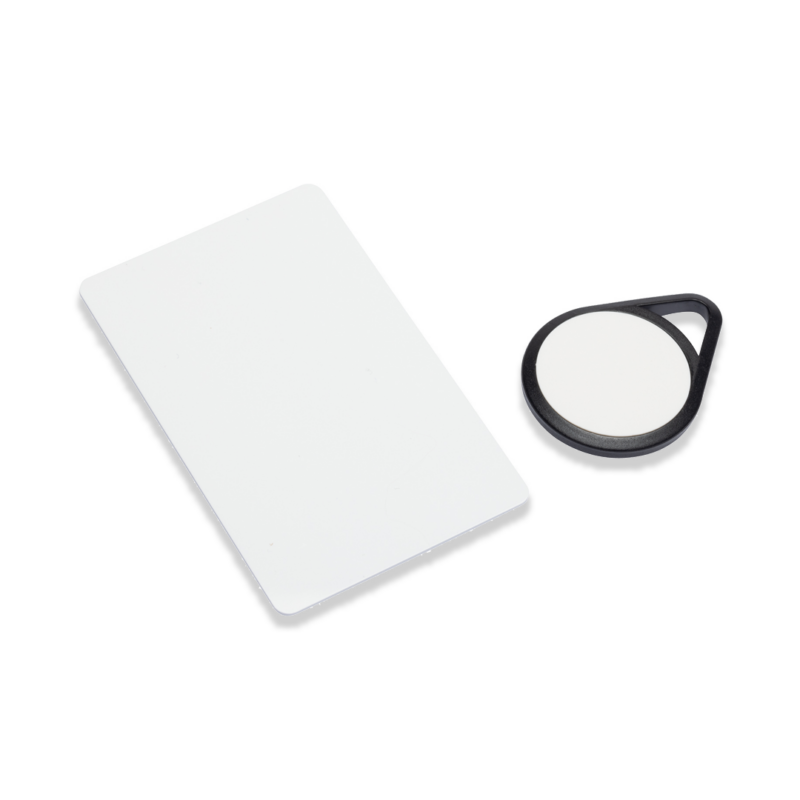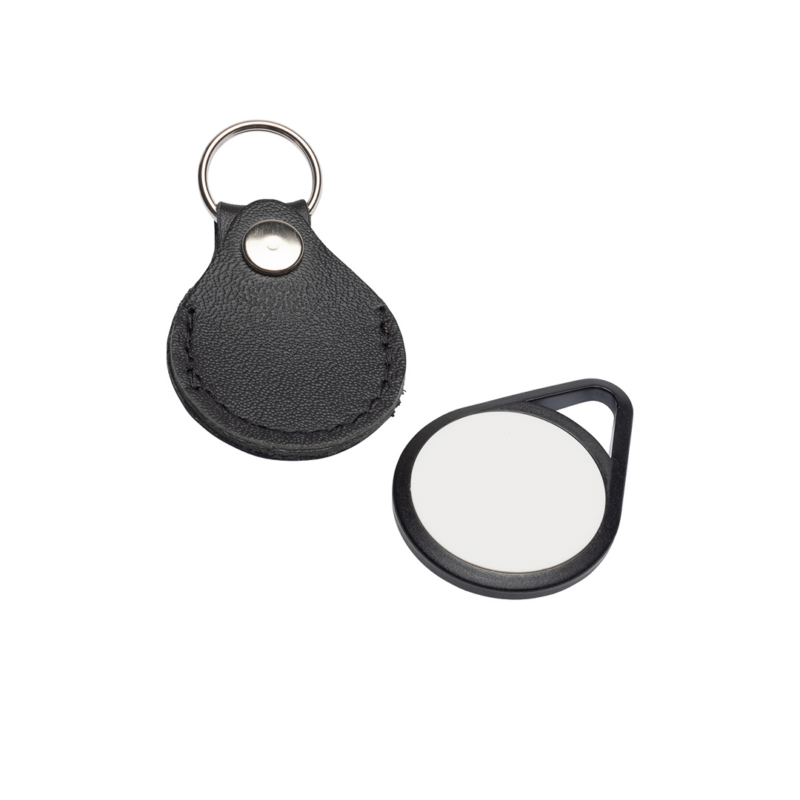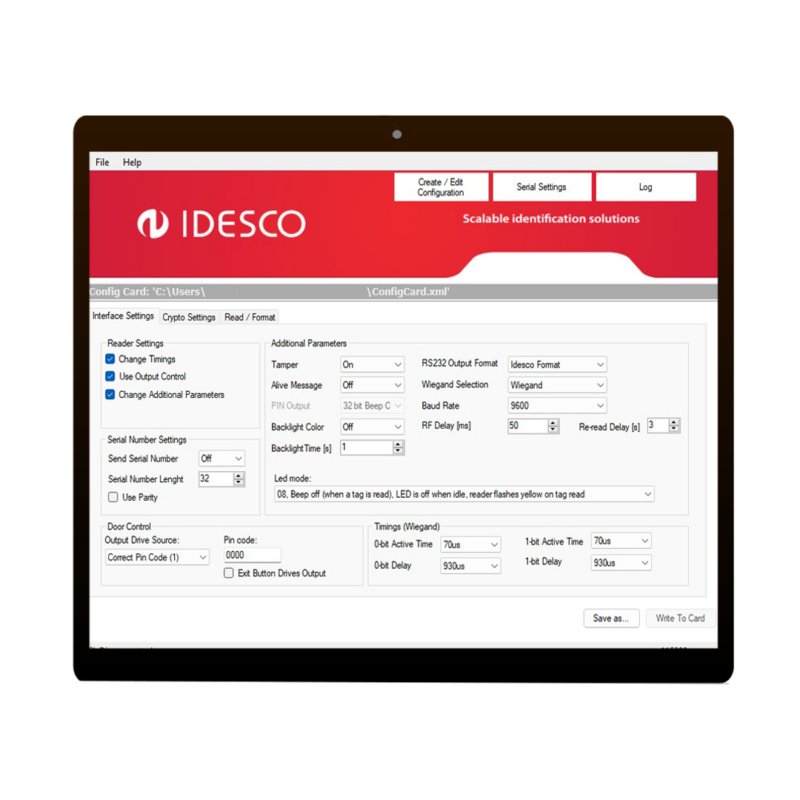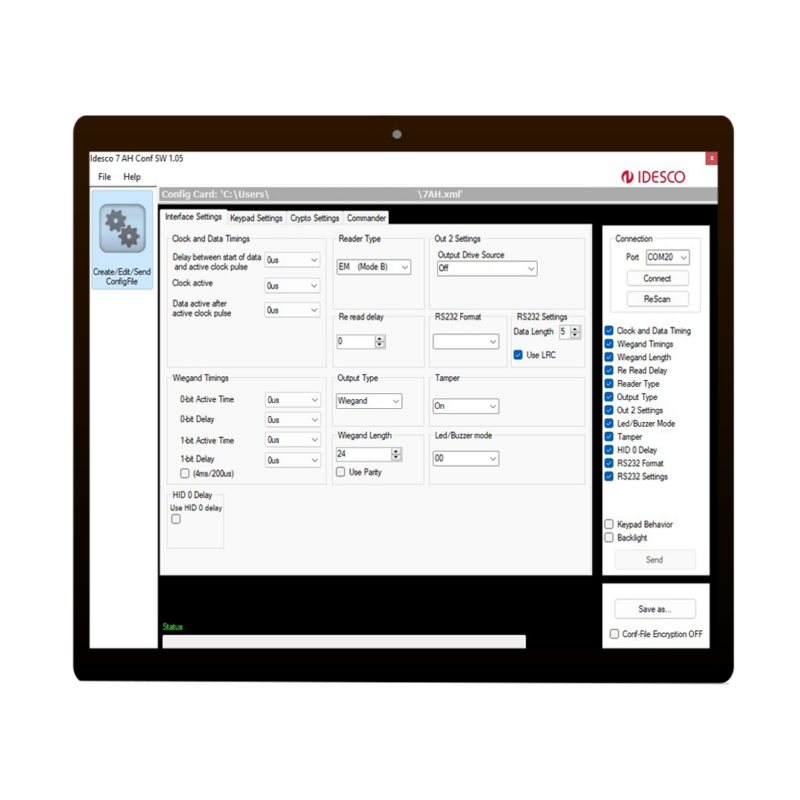General
-
Customisation and partnering are our competitive advantages. You can buy both customised readers and customized tags from Idesco. We develop our products through intense cooperation with our customers. It is why our product development can react so promptly to your requirements.
-
As just one example, any Idesco access control reader can be imprinted with your own logo, and if you use credit card-sized transponders, we can also print them to meet your specifications.
-
All Idesco products are manufactured by either ourselves, at Idesco headquarters in Oulu, Finland, or by our European subcontractors. All Idesco products are designed in Finland – it is why we have been granted the Design from Finland certificate.
-
Idesco does indeed possess an ISO9001 quality certificate. Additionally, we monitor our operations and quality by other metrics, including regular customer satisfaction surveys. Idesco also has an ISO27001 information security certificate as a proof of highest level information security policy throughout our entire organisation.
-
Our products are almost entirely used in a variety of identification and security systems. If you are an integrator or distributor, please contact our sales team to order. If you want an access control or other kind of identification system for yourself – using Idesco readers – we encourage you to contact our sales team. They will happily assist you to find an integrator near you.
RFID technology
-
The most powerful way to enhance your system security is upgrading to an open standard, MIFARE DESFire reader solution such as 8 CD 2.0 (& Pin), configured to either 3DES or AES ciphers for encrypting the data transmitted between readers and tags or cards. Beyond readers to your system, we strongly recommend implementing the open standard data protocol, version 2 (OSDPv2).
Idesco also strongly urges you use PIN-codes. PIN codes are a simple and reliable way to enhance any system’s security. The security benefit a PIN code provides you is immense compared to the method’s simplicity.
Finally, your overall security becomes exponentially improved when you implement multi-level, interlocking security enhancements. That is because security never depends entirely on an identification technology alone, but upon multiple factors. They can include perimeter and whole system security, data protocols between readers and controllers, encryption complexity, as well as human factors. In summary, multiple, interlocking enhancements improve security beyond the sum of its parts.
Want to learn more? -
A passive tag powers its reply with energy from a reader’s initial polling broadcast. By contrast, active tags reply using energy from a battery next to the tag. That lets active tags reply at longer distance. However, their dependence on batteries makes them less reliable and much more costly. First, active tag circuits get exposed to contamination and failure from moisture and dust entering through battery egress points. Second, the cost of environmentally-unfriendly battery replacement and servicing makes active tags much less cost-effective compared to passive tags.
-
With the exception of metal, low frequency and high frequency (13,56 MHz) tags, can be read through all materials including plastic, wood, drywall, dirt, paint, steam, mud and water. By contrast, UHF tags tend to be a bit more more sensitive to different environments. They don’t, for example, function very well close to organic tissue like humans and animals. In UHF applications, it is recommended to use specially-designed tags to better accommodate them.
-
The speed of a tag read depends greatly on its operating frequency, the amount of data it stores and transmits, and reader efficiency. Typically, a low frequency Idesco tag with 64 bits of data can be read in 0.01 seconds.
-
A. Passive low frequency and high frequency, (13,56 MHz) tags and cards are read a maximum of 70 mm from the reader. Distances can also depend greatly on a reader’s antenna size.
B. Ultra high frequency or UHF, (869 MHz) tags and cards can be read at distances out to several meters. Again, distances depend greatly on a reader’s antenna size, but also on the presence or lack of reflective surfaces for that frequency. -
Yes, if its protection class is higher than IP44. Most of Idesco’s products are designed to meet IP67: dust tolerance and even temporary immersion in water.
-
No. The power levels and frequency range of Idesco’s RFID products are far below the limits set by even the most conservative health regulatory agencies and study organizations. Idesco’s products are approved for use without site licenses. In addition, our products have been independently tested and comply with standards.
-
All Idesco RFID readers have been tested and proved to operate according to regulations and laws set for these devices. Testing has been performed to determine the potential of the interaction between RFID devices in operation and other electrical devices, like pacemakers and other health care devices. The power output of RFID devices is below that which would cause interference with other devices in operation. There is no scenario in which the operation of an RFID device could turn off or shut down for instance a pacemaker.
All Idesco tags are passive. This means that there is no power source or any transmittance from the tag, which would have any effect on the environment.
-
You can download some technical documents directly from Idesco product pages. Some documents are sent by request. In case you don’t find the information you need, please contact customer support.
General reader related issues
-
All Idesco smart card readers can be installed even on metal, but the reading distance is normally shorter in metal assembly than in open air. However, Idesco conducted testing leading to the development of the Idesco Installation Plate, which anchors your reader just high enough above metal surfaces to minimize the electromagnetic eddy currents that shorten access control read distances.
-
As the interfaces of access control systems are not standard and they may vary quite a bit, there is a need for readers to be configurable. Idesco’s readers are very flexible as most of their features are configurable. We have ready-made configurations that are compatible with most of the access control systems. The CONF number consists of information about for example Wiegand bit length, Wiegand timings, keypad and buzzer functionality.
Click for more info in support -
Drivers for Idesco USB readers are available in ftdichip.com:
8 CD 2.0 readers (MIFARE DESFire)
-
Security keys are an integral part of MIFARE DESFire technology and other secure card technologies. Readers and transponders recognize each other during a rapid mutual authentication process using identical security keys programmed in them both.
-
Device supplier, system integrator or end-customer can define the security keys. It is essential that all parties are aware of who owns the security keys.
-
Yes, you can define the security keys you prefer for the readers and cards with Idesco DESCoder programming tool. We also provide security key service and define them for you.
-
Yes. You can change security keys by re-configuring the reader and if needed, code new access cards.
-
Depending on the cable interface, cables can even be longer than 150 meters.
Mobile identification
-
Yes, Idesco ID’s service and app let you host privileges for several places on your phone. Any authorized reader and phone will automatically recognize each other once a user brings their phone close enough. Users won’t need to manually select privileges on their phone at different locations.
Learn more about Idesco ID -
Our mobile compatible readers can transact with phones out to 10 meters. However, the preferred distance for each door is a configurable setting programmed at each individual reader. Those settings (and others) are easily modified with our convenient Mobile Coder phone app.
-
The validity time for a mobile ID is defined in the system.
-
Yes. For example, Idesco Mobile Coder app works with NFC.
Learn more about Idesco Mobile Coder
Long range readers
-
Idesco’s long range EPC readers transact with passive transponders that don’t need environmentally-unfriendly batteries or costly servicing.
Idesco passive EPC tags -
Idesco’s EPC readers can read a tag even from a distance of 10 to 15 meters. Idesco’s small EPC Slim “hands-free” access control reader can reach up to four meters.
Learn more about long range -
Careful positioning of tags and readers can greatly extend read distances in UHF applications. External antenna and reader positioning also impact read ranges. Check out our tutorial below on positioning readers and tags in vehicle identification applications.
Download tutorial
